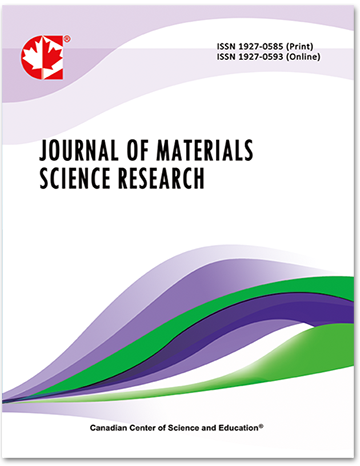Two Challenges to the System of Periclase Quality Evaluation
- L. M. Axelrod
- I. G. Maryasev
- A. A. Platonov
- D. R. Melnikova
Abstract
A new method of estimating the fused periclase quality – the revision of international standards. Quality and service life of refractories on the basis of fused periclase depend to a large extent upon the size of periclase crystals and its mineralogical composition. During fusion of periclase it is impossible to obtain completely homogeneous material with identical crystals size. That is why it is generally accepted to evaluate quality of fused periclase by the average crystals size. Measurements of this item are usually done with the help of generally adopted method of chords, which was developed in the last century and has a number of drawbacks. Magnezit Group developed a new objective method of digital analysis during microscopic examination of structural elements of fused periclase. It allows to considerably improve objectivity of obtained data. The main feature of the new method is application of the system of images analysis, which allows to carry out in automatic mode measurements on the preliminary created digital model of the whole area of the polished section. With the help of the digital model it is possible to calculate average size of fused periclase crystals taking into account number of crystals as well as percentage of the area occupied by them.
Does CaO/SiO2 ratio influence service life of refractories? New view of old rules. Till today it was considered that one of the characteristics of fused periclase quality is coefficient of basicity – CaO/SiO2, ratio, which should be more than 2. Magnezit Group carried out investigations of coarse-crystalline fused periclase with MgO >97.5 % content and with various CaO/SiO2 ratios. We present in this report the main study results: if the impurities content is low in the fused periclase with MgO >97.5 %, then coefficient of basicity exerts limited influence onto the service life of periclase-carbon bricks.
- Full Text:
 PDF
PDF
- DOI:10.5539/jmsr.v5n1p12
Journal Metrics
Impact Factor 2022 (by WJCI): 0.583
Google-based Impact Factor (2021): 0.52
h-index (December 2021): 22
i10-index (December 2021): 74
h5-index (December 2021): N/A
h5-median (December 2021): N/A
Index
- CAS (American Chemical Society)
- CNKI Scholar
- Elektronische Zeitschriftenbibliothek (EZB)
- EuroPub Database
- Excellence in Research for Australia (ERA)
- Google Scholar
- Infotrieve
- JournalTOCs
- LOCKSS
- NewJour
- PKP Open Archives Harvester
- Qualis/CAPES
- SHERPA/RoMEO
- Standard Periodical Directory
- Universe Digital Library
- WJCI Report
- WorldCat
Contact
- John MartinEditorial Assistant
- jmsr@ccsenet.org
